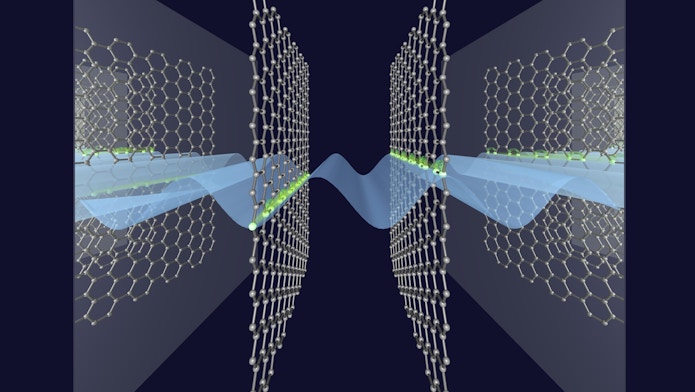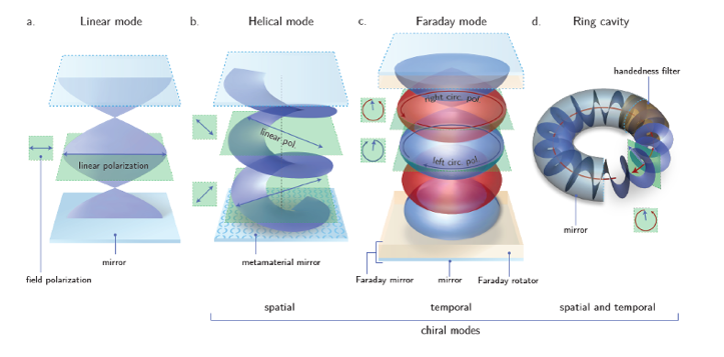
Control of material properties under non-equilibrium condition has emerged as a promising avenue for the development of new functionalities and for the discovery of materials hidden phases. To this end we will investigate the emerging (vacuum) dressed states and their connection to Floquet states in driven systems. Light dressing offers the possibility to engineer symmetry breaking which can lead to novel properties of materials (e.g.topology, light-matter hybrid condensation, etc). In this project, we seek to bring together, within the novel theoretical framework of quantum electrodynamics density-functional formalism (QEDFT), recent advances in electronic structure, quantum optics and the nonlinear spectroscopy of many-body systems to study the complex dynamics in quantum systems beyond classical limits and explore the fundamentals of materials that are embedded in quantum cavities or driven by external time dependent electromagnetic fields. Such hybrid light-matter states offer new possibilities of materials engineering by designing specific modes of the electromagnetic field in the optical cavities. Quantum cavities and Floquet materials engineering offers many opportunities for tailoring the properties of light, that is, by shaping the emission spectrum of materials or its coherence and condensation properties. We also investigate whether the optical cavities can serve as platforms for further solid-state realization of concepts from high-energy physics, such as broken PT symmetry. Also quantum cavities can be further useful in investigating the BEC-BCS crossover in manybody quasiparticle condensation.
Research
- Cavity Control: a platform for quantum matter on demand
This project has the broad goal of programming and controlling quantum materials by external stimuli, specific areas of focus include.
Summary of some of the possible phenomena that can be realized when layered (Moire) materials are put in an optical cavity. - “Cavity Twistronics”, i combining cavity quantum electrodynamics (QED), quantum reservoir engineering and 2D-twisted van der Waals heterostructures we aim to design a novel and unique platform that enables the seamless realization and control of interacting quantum phenomena, including exotic, elusive and not-yet envisioned correlated and topological phases of matter.
-
- Cavity Engineering: Cooperative enhancement of light-matter coupling, combined with colossal dipole moments available in some solids, is a promising pathway for entering uncharted regimes of strong light-matter coupling. Essential to this pathway is the ability to design electromagnetic environments via optical cavities to enhance light matter coupling and induce new symmetrires including photon chirality and entanglement that can be imprinted on quantum matter. In Fig.2 different examples of simple symmetry breaking cavity modes are shown.

-
- Cavity-induced phase transitions: can reveal the competition, coexistence and cooperation of different crystal structures and the interplay among distinct physical properties, leading to broad device applications such as memory devices, reconfigurable circuits and topological transistors. As an example we propose the idea of a cavity induced ferroelectric transition, taking as example the incipient ferroelectric SrTiO3 material where light-driven ferroelectricity has been recently revealed experimentally.
Pumped Cavity — Inducing novel (meta-)stable out-of-equilibrium states of matter — Non-equilibrium offers the tantalizing opportunity to prepare long-lived metastable states, inaccessible by thermal pathways. These states can be viewed as (non-global) minima in the free energy of the system. Without a drive the system might never reach these states, as the free energy is minimized globally. However, using specific drive protocols, one might prepare one of these states as a long-lived meta-stable state, which is hidden from a purely equilibrium protocol.
[1] This touches a more basic question connected to accessing hidden states: Is it possible to create states of matter, which (analogous to spontaneously breaking of spatial translation symmetry) break time translation symmetry? A system which shows this symptomatic was coined a time crystal by F. Wilczek, a state of matter that is inherently non-equilibrium with no equilibrium counterpart.
Project Leader: Angel Rubio
Project Scientists: Johannes Flick, Antoine Georges, Andy Millis